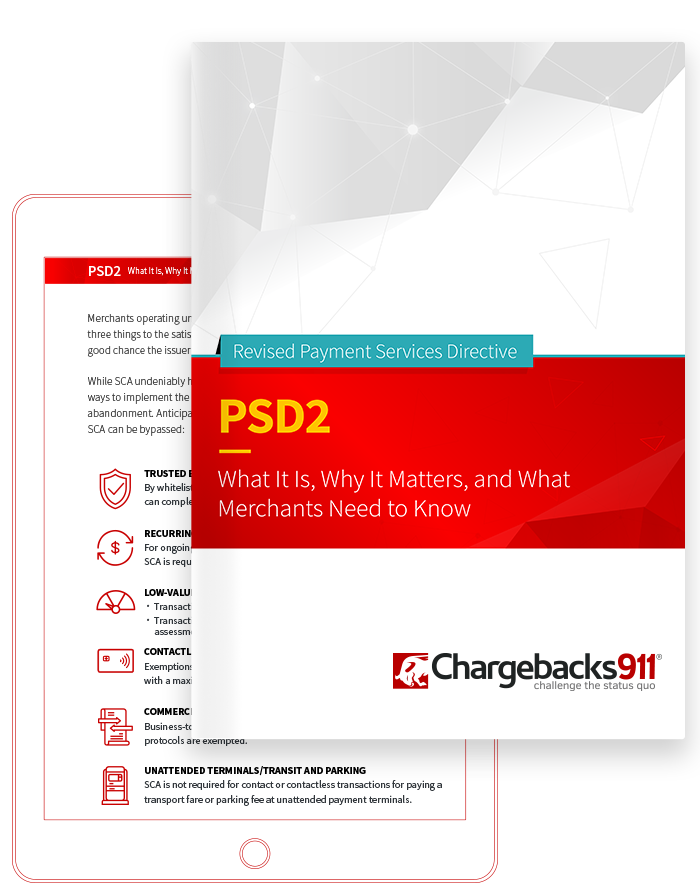The original Payment Services Directive (PSD, or PSD1) was put in place to regulate payment services—and payment service providers—across the EU and European Economic Area. Adopted in 2007, the new rules were intended to encourage and facilitate pan-European competition by establishing the legal framework for a single EU payments system.
In simple terms, the goal was to make cross-border payments as simple and secure as payments within each respective member state. Additionally, the legislation mandated upgraded consumer protection mechanisms, and helped standardize rights and requirements for payment providers and users.
Was it successful?
Without a doubt, the PSD positively impacted the European economy by methodizing regulations and making it easier for new players to break into the payments field. Increased competition led to more payment choices for the consumer. The new rules also brought faster transaction times, stronger refund rights, and heightened transparency into payment transactions as a whole. Having said that, rapid changes (largely brought about...



















